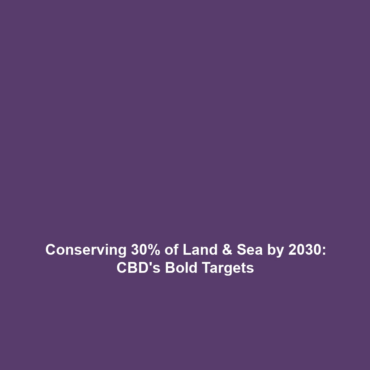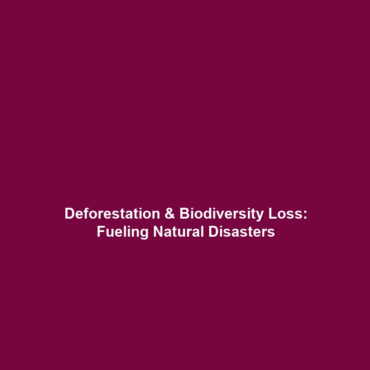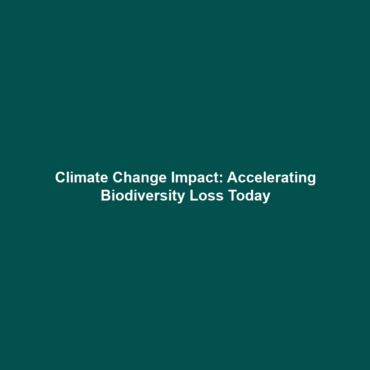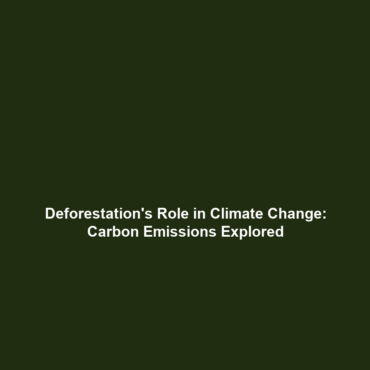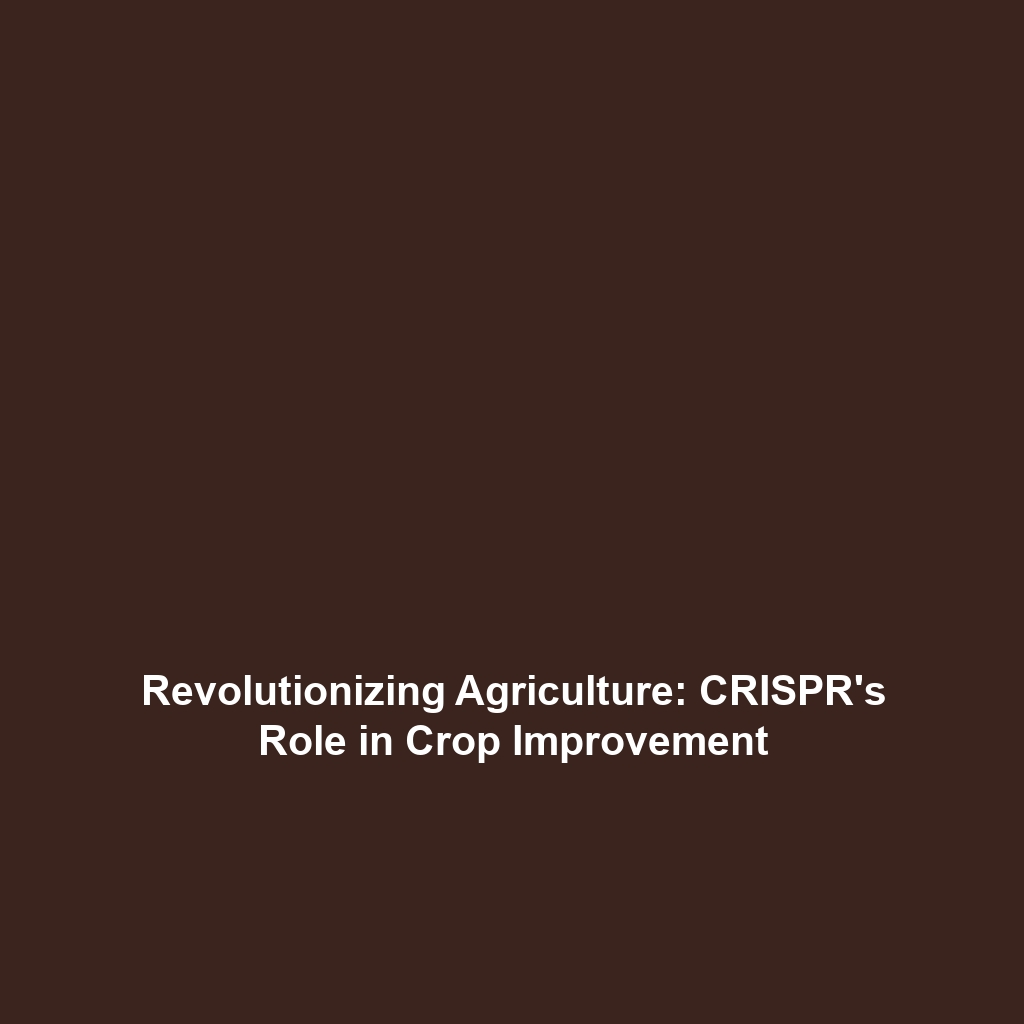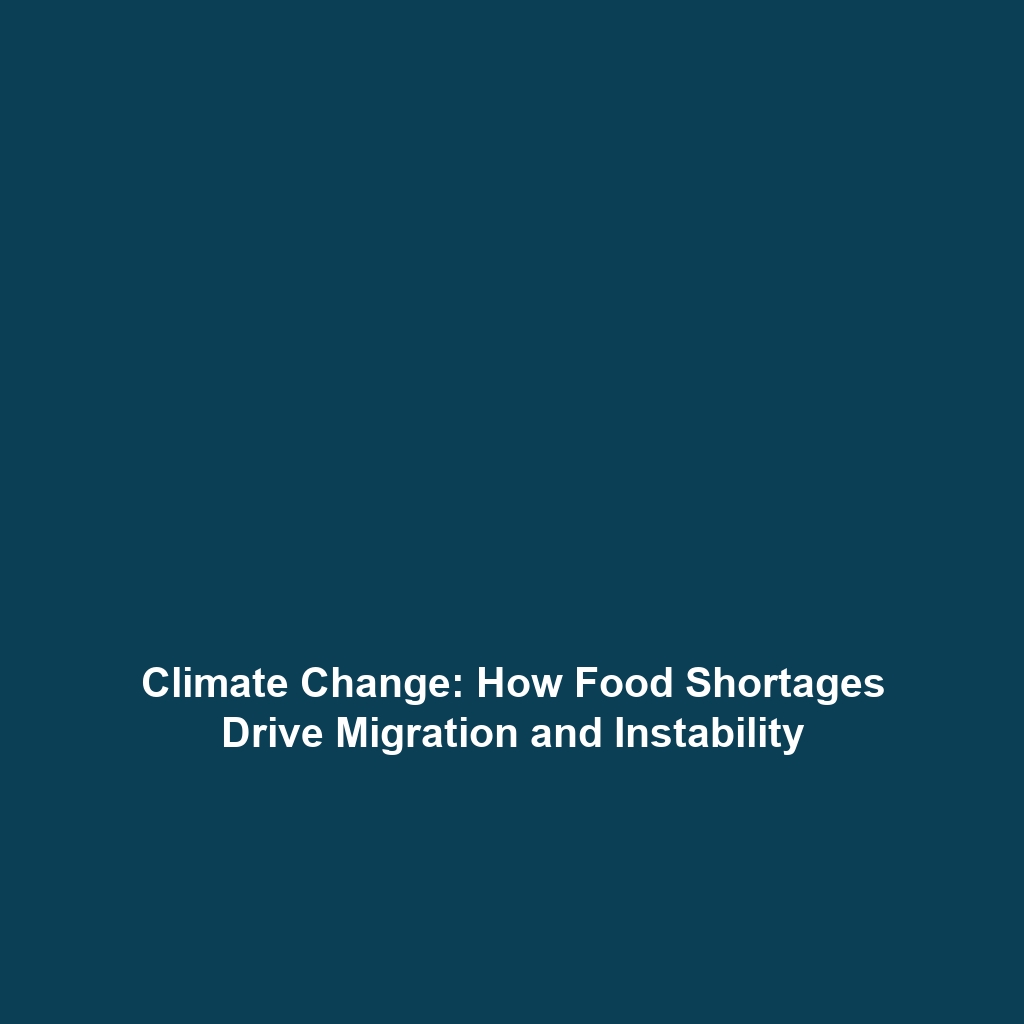Denisovans: A Key to Understanding Human Evolution
Introduction
Denisovans, an extinct group of hominins discovered through genetics, represent a crucial chapter in the narrative of human evolution. This extraordinary lineage, identified from fossils unearthed in Denisova Cave in Siberia, provides profound insights into our shared ancestry. Understanding Denisovans enhances our knowledge of the complex interactions between various human species, including Neanderthals and modern Homo sapiens. The significance of Denisovans extends beyond their existence; they offer essential clues about the adaptability and migration patterns of early humans.
Key Concepts of Denisovans
Denisovans hold several notable concepts that contribute greatly to our understanding of human evolution:
Genetic Contributions
Research indicates that Denisovans interbred with both Neanderthals and modern humans, contributing to the genetic makeup found in populations in East Asia and Oceania. This gene flow has implications for understanding traits such as immunological responses and adaptations to different climates.
Cultural Insights
Genetic evidence suggests Denisovans had sophisticated tools and possibly engaged in symbolic behavior. This hints at their cognitive abilities and social structures, challenging previous assumptions about prehistoric human cultures.
Applications and Real-World Uses
Denisovans have practical applications in understanding human evolution:
- Genetic Research: Studying Denisovan DNA helps researchers investigate genetic diseases in modern humans.
- Anthropological Studies: Understanding Denisovans aids in piecing together migration patterns of human species across continents.
- Climate Adaptations: Their adaptations provide insight into how prehistoric humans adapted to various climates, informing current research on climate resilience.
Current Challenges
Despite the significant insights provided by Denisovans, studying them presents certain challenges:
- Limited fossil evidence makes it difficult to draw comprehensive conclusions.
- Genetic analysis can be hampered by contamination and degradation of ancient DNA.
- Ethical implications concerning genetic research on ancient populations remain a matter of ongoing debate.
Future Research and Innovations
Future research on Denisovans is likely to yield groundbreaking innovations, including:
- Advanced DNA Extraction Techniques: Next-generation sequencing technologies could provide more information from existing fossil evidence.
- Interdisciplinary Approaches: Collaborations between genetics, archaeology, and anthropology may lead to deeper insights into Denisovan life and their interactions with other hominins.
- Biotechnology Applications: Understanding how Denisovans adapted could inform studies on human adaptability to climate change.
Conclusion
Denisovans represent a vital piece of the puzzle in human evolution, linking our past with present insights into human biology and adaptability. Continued research will not only unravel more about this fascinating group but also enhance our understanding of humanity’s shared heritage. For more on human evolution, explore our articles on Neanderthals and Homo sapiens.
This article is structured for clarity and includes SEO-optimized elements that allow for better search engine visibility while delivering comprehensive information about the Denisovans within the context of human evolution.

